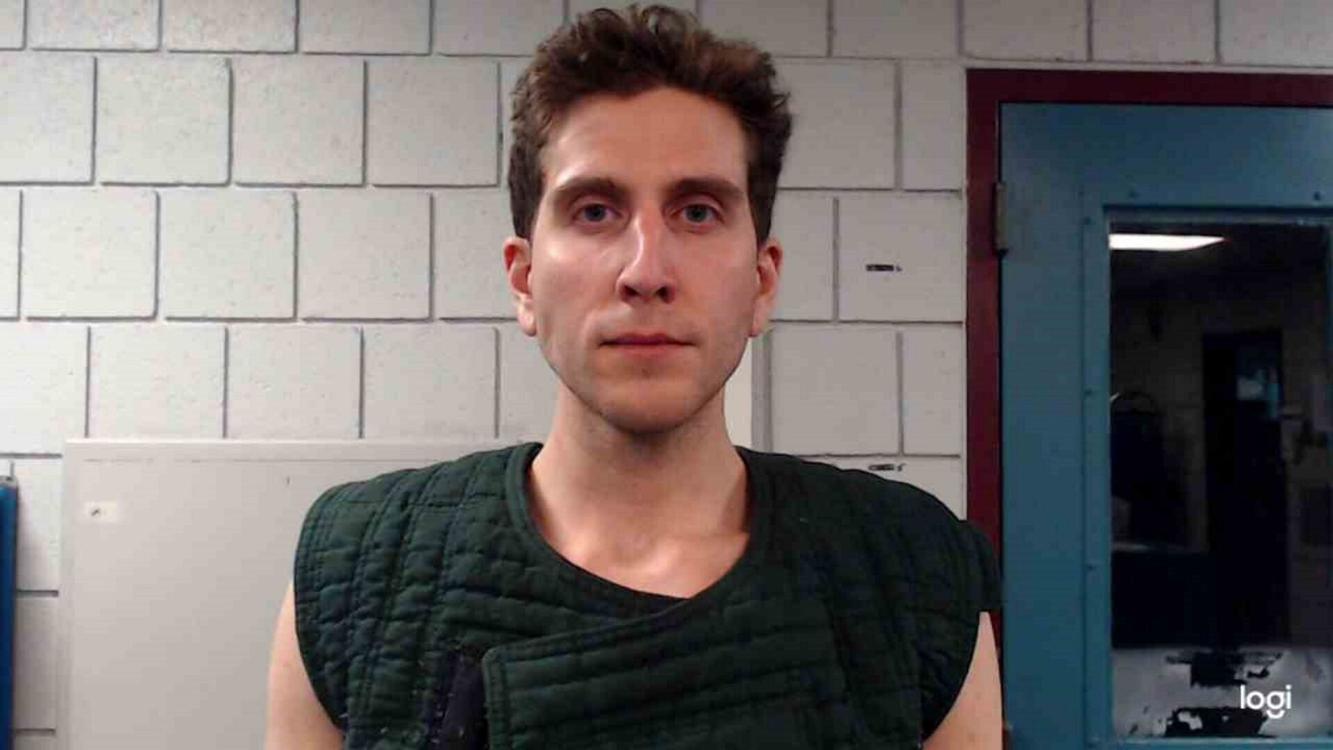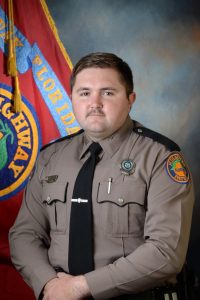Bryan Kohberger, the man charged with the murder of four students from the University of Idaho, is in the news for just another reason, after his arrest. Kohberger’s Tapatalk’s post went viral on social media, and in one such post, the man claims to have been experiencing visual snow syndrome, one of its symptoms being memory loss.
Kohberger, who appeared on the first of many hearings in court on January 5, for the charges of murder of students Kaylee Goncalves, Madison Mogen, Ethan Chapin and Xana Kernodle, posted about his experience with the syndrome on the platform.
Also Read| Bryan Kohberger, Idaho suspect stalked victims for months before alleged murders
“My mind is never not on visual snow and I always wonder what a normal person would be doing while I sit there and suffer. This whole thing has made me crazy, I feel like my life is pointless because people can think about times with parents/ childhood memories and be happy, and I won’t be able to,” the suspect revealed in one such post.
What is Visual Snow Syndrome?
A rare syndrome as described by WebMD, it is a neurological disorder, in which continuous disturbances can occupy the patient’s field of view. Patients experience static dots, which can be colored, black and white, or transparent, often resembling the “noise of a detuned analog television,” as per the Rare Diseases website.
Patients can also experience additional visual symptoms such as palinopsia, where images persist to occur even when the concerned object has been removed from their sight; sensitivity to light, and impaired night vision.
The symptoms of this syndrome may include persistent headaches, irritability, reduced focus and lethargy.
The causes of this syndrome are unknown thus far. The research on it remains limited, but it has been attributed to traumatic incidents that the patient underwent in the past, as they might trigger the visual snow syndrome later in their lives. Some of those triggers include concussions, head trauma, illegal drug use, and SSRIs.
The occurrence has not been disparate and has not been concentrated with a specific demographic or gender, research shows. A 2020 study on Visual Snow Syndrome, which opted for a group of 1100 people with the syndrome, showed that the average age was about 29. Around 40% of the people in the study had symptoms for “as long as they could remember.”
There are no medical treatments available for effectively treating Visual Snow Syndrome, but researchers continue to look for potential options.







